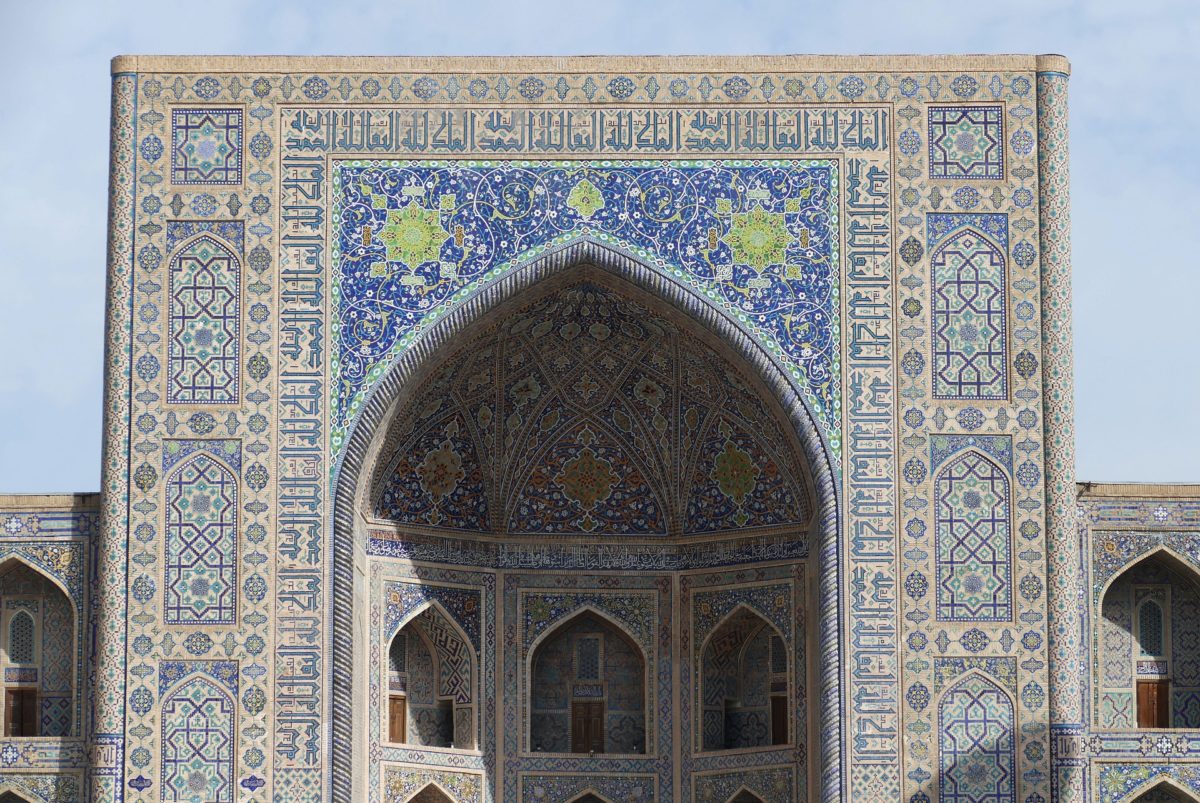The government of Uzbekistan is seeking companies to develop 150 MW to 300 MW of solar under the second phase of its 500 MW Sherabad solar program. It said it plans to launch a tender for the second phase of the Sherabad project “early” in the new year.
With the upcoming tender, the government aims to find companies to design, finance, build, operate and maintain a solar project in Sherabad district, in Uzbekistan’s Surkhandarya region. The total capacity for Sherabad Phase II will depend on how much capacity is deployed under Sherabad Phase I, but together the two phases should equal roughly 500 MW, the Uzbekistan Ministry of Energy said in a press release late last week. The authorities short-listed bidders for the first phase of the Sherabad solar project earlier this month.
The second phase will be built near the Sherabad Phase I array, which was first announced in February. Upon completion, the Sherabad Phase I site will include at least 200 MW of solar and a new 220 kV substation, supported by a 52-km transmission line. Developers have until March 15 to submit their proposals for Sherabad Phase I, the ministry said.
“It is part of a strategy developed by Uzbekistan’s government supported by the Asian Development Bank (ADB), to generate 1 GW of solar energy,” the ministry added.
Separately, the ADB and Nur Navoi Solar – a Masdar-owned PV project company – signed a deal last week to provide up to $17.5 million of loans to support the construction of 100 MW of solar, under the country’s first public-private renewables partnership. The financing includes a loan from ADB and a loan from the Canadian Climate Fund for the Private Sector in Asia II (CFPS II), which will be administered by the ADB.
In addition, the ADB is financing the construction of a new high-voltage transmission line in Uzbekistan.Together the ADB and International Finance Corp. (IFC) are offering up to $60 million in financing for the project, according to a separate IFC statement last week. The European Bank for Reconstruction and Development (EBRD) is also providing an equity bridge loan to Masdar to support the equity needs of the project. The World Bank, meanwhile, is providing a $5.1 million payment guarantee for the government to backstop the payment obligations under the project.
The 100 MW project – the nation’s first large-scale, privately developed and operated solar installation – will start feeding power into the national grid in 2021. Upon completion, it will generate around 258.2 gigawatt-hours of clean energy per year. Nur Navoi Solar will sell electricity from the array to the National Electric Grid of Uzbekistan under a 25-year power purchase agreement.
“The project will have an enormous effect, serving as a best practice example in Uzbekistan, opening new markets for private investment and helping accomplish the country's goal of increasing the use of renewable energy,” said Wiebke Schloemer, IFC director for Europe and Central Asia. “It will also help reduce the burden on public finances, which could be deployed into other critical sectors of Uzbekistan's economy to support its recovery from the Covid-19 pandemic.”
In May, Uzbekistan’s Ministry of Energy raised its PV generation capacity target by 1 GW and moved its original deadline forward by a year, to 5 GW of solar by 2030.
This content is protected by copyright and may not be reused. If you want to cooperate with us and would like to reuse some of our content, please contact: editors@pv-magazine.com.



4 comments
By submitting this form you agree to pv magazine using your data for the purposes of publishing your comment.
Your personal data will only be disclosed or otherwise transmitted to third parties for the purposes of spam filtering or if this is necessary for technical maintenance of the website. Any other transfer to third parties will not take place unless this is justified on the basis of applicable data protection regulations or if pv magazine is legally obliged to do so.
You may revoke this consent at any time with effect for the future, in which case your personal data will be deleted immediately. Otherwise, your data will be deleted if pv magazine has processed your request or the purpose of data storage is fulfilled.
Further information on data privacy can be found in our Data Protection Policy.